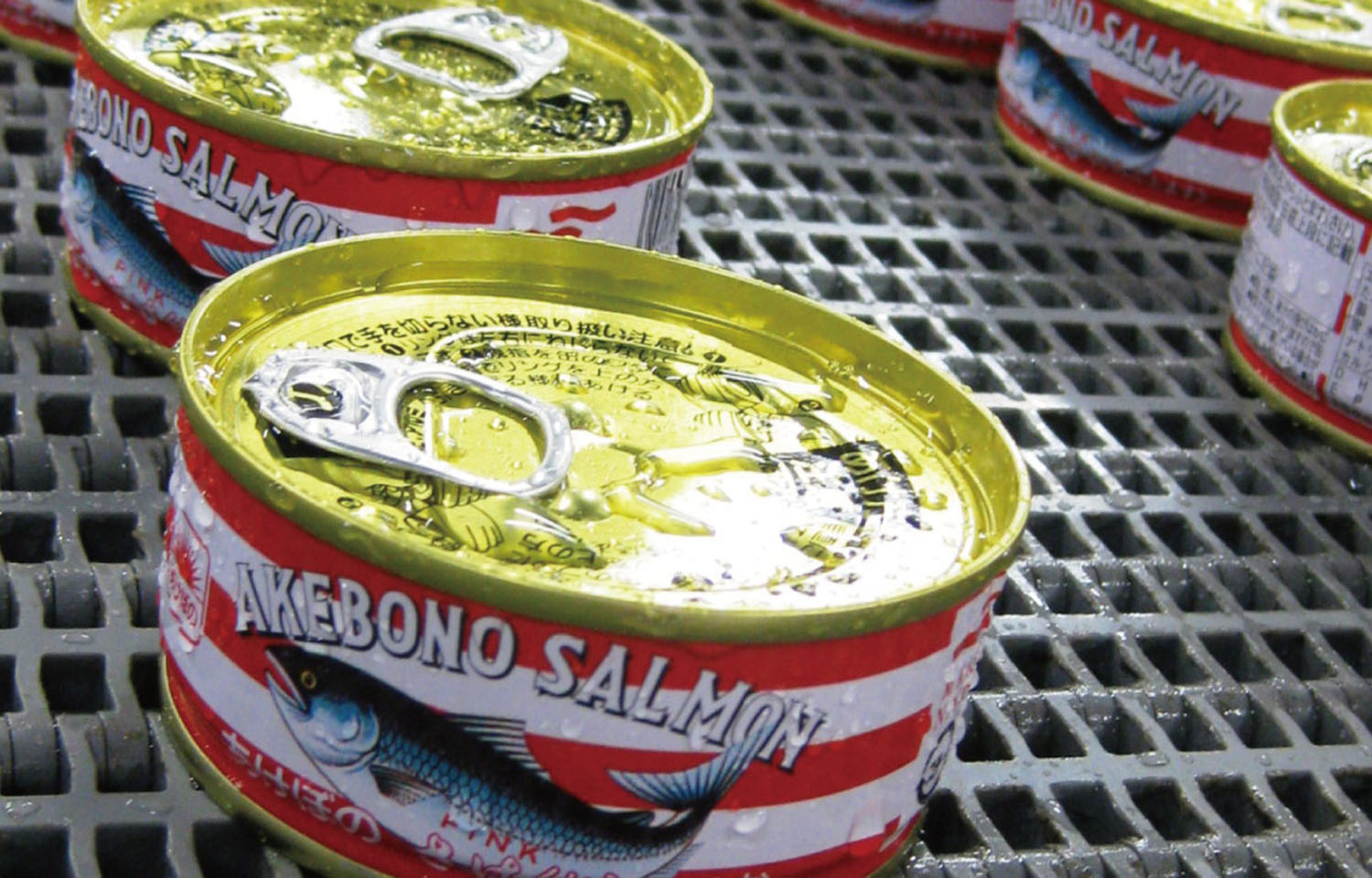The operating income of Tokyo, Japan-based Maruha Nichiro dropped 5.9 percent to JPY 25.4 billion (USD 168.7 million, EUR 155.9 million) for the period stretching from April to December 2023.
Maruha Nichiro – the world’s largest seafood company by revenue – was stung by the poor performance of its Marine Products Business segment, though it was buoyed by strong results from its Processed Foods Business segment.
The company, on 5 February, released its consolidated financial results for the third quarter of its fiscal year, which ends March 2024. It reported overall net sales of JPY 787.3 billion (USD 5.2 billion, EUR 4.8 billion), which marks a 0.8 percent increase year over year.
Sales for its Marine Products Business segment, consisting of its Fishery Business, Aquaculture Business, Marine Products Trading, and Overseas Business, declined 6.3 percent, falling from JPY 458.3 billion (USD 3.2 billion, EUR 2.9 billion) to JPY 452 billion (USD 3 billion, EUR 2.7 billion). Operating income dropped by 42.1 percent, slipping from JPY 19.5 billion (USD 129.5 million, EUR 119.7 million) to JPY 11.3 billion (USD 75 million, EUR 69.3 million).
Maruha Nichiro’s Fishery Business posted an operating loss of JPY 500 million (USD 3.3 million, EUR 3 million) between April and December 2023, compared with a profit of JPY 800 million (USD 5.3 million, EUR 4.9 million) for the same period last year. Its catch volumes decreased due to reduced operations of fishing vessels, while its fuel costs were higher and its selling prices were down across multiple species, including yellowfin tuna.
In Maruha Nichiro’s Aquaculture Business, sales prices of the company’s farmed bluefin tuna and amberjack remained strong, but yellowtail prices declined. The company said it plans to reexamine its aquafeed formulations in response to soaring fishmeal prices.
The company’s Marine Products Trading unit, meanwhile, suffered from low prices for frozen tuna and salmon, and in response, the company said it will cut its tuna inventory. However, it expects sales of octopus, shrimp, and processed seafood products to benefit from rising foodservice demand.
In its Overseas Business unit, the company benefitted from an increase of Alaska pollock quota, but it said prices remained soft and sales were delayed. In Europe, inflation has led consumers to focus on lower-priced products, and Maruha Nichiro said it is shifting to try to strengthen its volume-retailer sales channels as a result.
The operating income of Maruha Nichiro’s Processed Foods Business segment rose 93 percent to JPY 11.6 billion (USD 77 million, EUR 71.2 million) after the company changed product specifications, reduced its number of SKUs by discontinuing some products, and raised prices. From August 2023 onward, the company increased prices on 56 canned goods for home use by 8 percent to 21 percent, and in December 2023, it announced 2 percent to 8 percent increases on selected frozen foods for home use beginning in February 2024.
The company’s Foodstuffs Distribution Business segment performed well thanks to increased sales volumes, while the Logistics segment benefited from price increases reflecting higher gas and electricity costs.
Overseas net sales companywide were up 21 percent in Europe year over year but down 7 percent in Asia and 24 percent in North America for the April to December 2023 period.








